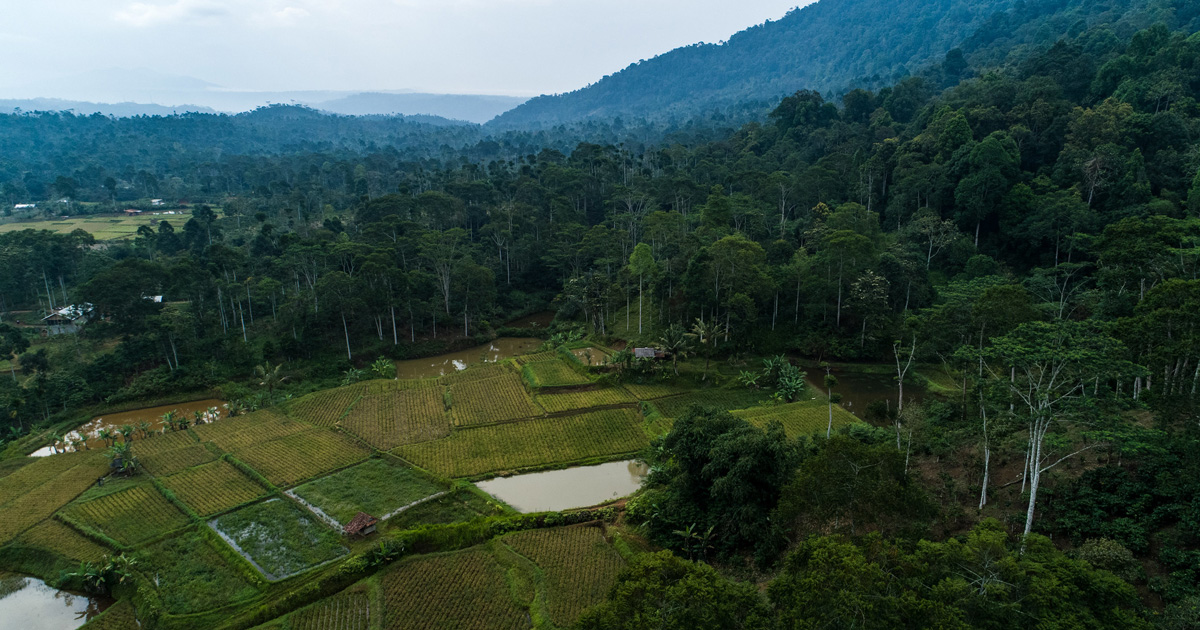Honduras or bigleaf mahogany (Swietenia macrophylla King) is the most commercially important timber species in the Neotropics, but it often does not regenerate successfully after harvesting. Effective methods are needed to sustain mahogany yields by increasing regeneration. This study evaluates the effects of three treatments (slash, fell and burn; slash, fell and leave; and uprooting and pushing away trees using machines) used to open 0.5 ha clearings, plus a control under the forest canopy, and two sowing methods (surface-sown seed and buried seed) on the germination, establishment, survival, and early growth of mahogany. After 10 months, significantly more buried seeds yielded established seedlings (20%) than surface-sown seeds (9%), but there were no significant differences among clearing treatments. Establishment on control averaged 18%. The percentage of seedlings that survived from 10 to 49 months varied significantly among treatments, from 53 to 54%, respectively, on the slash and burn and machine-cleared treatments to 16% on the fell and leave treatment and 26% on controls. Both slash and burn and machine-clearing reduced sprouting as compared to the fell and leave treatment, which had abundant sprouting from stumps of other species and the lowest establishment and survival of mahogany. Low survival on controls was probably due to low light levels. Fory-nine months after sowing, an average of 12% of the seeds buried in the slash and burn and machine-cleared treatments were represented by live seedlings, a rate substantially higher than on the fell and leave treatment (350 and the control (6%0. Yield from buried seeds averaged 9% as compared to 4% from survace-sown seeds. Seedling height at 49 months (average=66 em) did not differ significantly among the clearing treatments or sowing methods, but on control plots average height of the few surviving seedlings was only 27 cm. The traditional slash and burn practice used for agricultural clearing seems to be a good way to prepare sites for seeding with mahogany and could be used as a silvicultural technique to facilitate regeneration. Consideration should be given to integrating these systems into forest management to help assure continued production of mahogany.
Publication year
2003
Authors
Negreros-Castillo, P.; Snook, L.K.; Mize, C.W.
Language
English
Keywords
seedlings, Swietenia macrophylla, tropical forests, establishment, survival, regeneration, growth, silviculture, shifting cultivation, land clearance






















